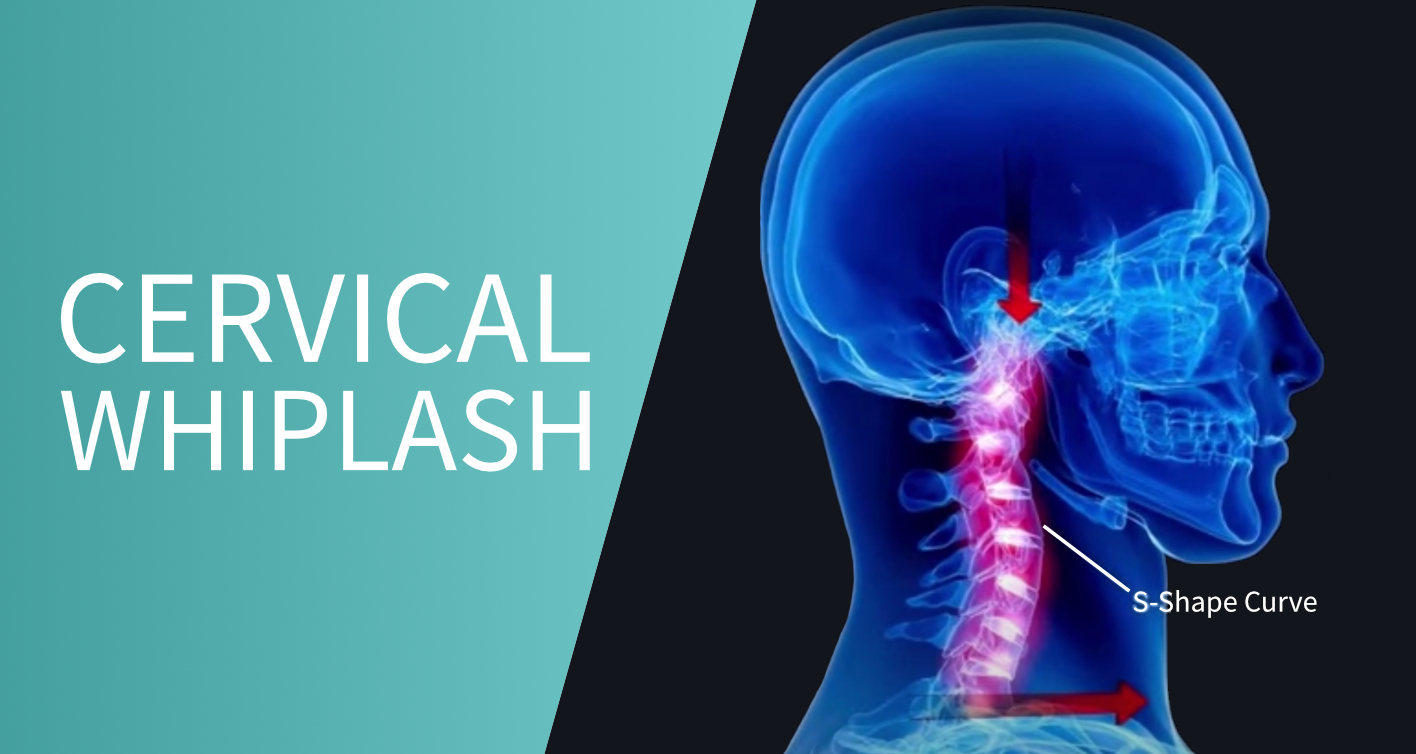
The term “Whiplash” is commonly used to describe a hyperextension injury of the neck. It is a non-medical term that describes the sudden whipping movement of the head and neck upon impact.
Whiplash is considered an acceleration-deceleration mechanism of energy transfer to the neck. This mechanism of injury occurs in three stages:
1.) In the first stage the upper and lower spines experience flexion.
2.) During stage 2 the spine extends and takes the shape of an S. At this stage the spine is extended beyond the limits of its mobility and an intense shearing force causes compression of the facet joint capsules.
3.) In the final stage, the head “rebounds”, bouncing forward into hyperflexion.
The most common cause of whiplash is motor vehicle collision where one vehicle strikes the other vehicle from behind 🚗🚙. The injuries sustained from these collisions are intensified when the head restraint is too low. These collisions are responsible for over 80% of all whiplash injuries, and approximately 1 million of these injuries occur in the United States annually! Other common causes of whiplash injury include sports injuries 🏈, diving accidents and falls from horses 🏇 etc.
Severe incidents of whiplash can cause “hangman’s fracture” leading to disruption of the C2/C3 disc and rupture of the anterior longitudinal ligament. In this incidence the cranium, C1 and the anterior portion of C2 may become separated from the rest of the axial skeleton and the spinal cord may be severed.
In less severe cases of whiplash, hyperextension of the neck can cause fracture by compression of the vertebral arches and their processes. People who suffer this injury may report pain in the back of their neck or scapular region because the area of the spinal cord receiving pain impulses from the vertebrae also supplies the muscles of the neck.
You can learn more about whiplash and other pathologies over on the 3D4Medical youtube page!
If you found this blog post useful, you might also enjoy learning about Complete Anatomy’s ultra-realistic spine and abdomen update.